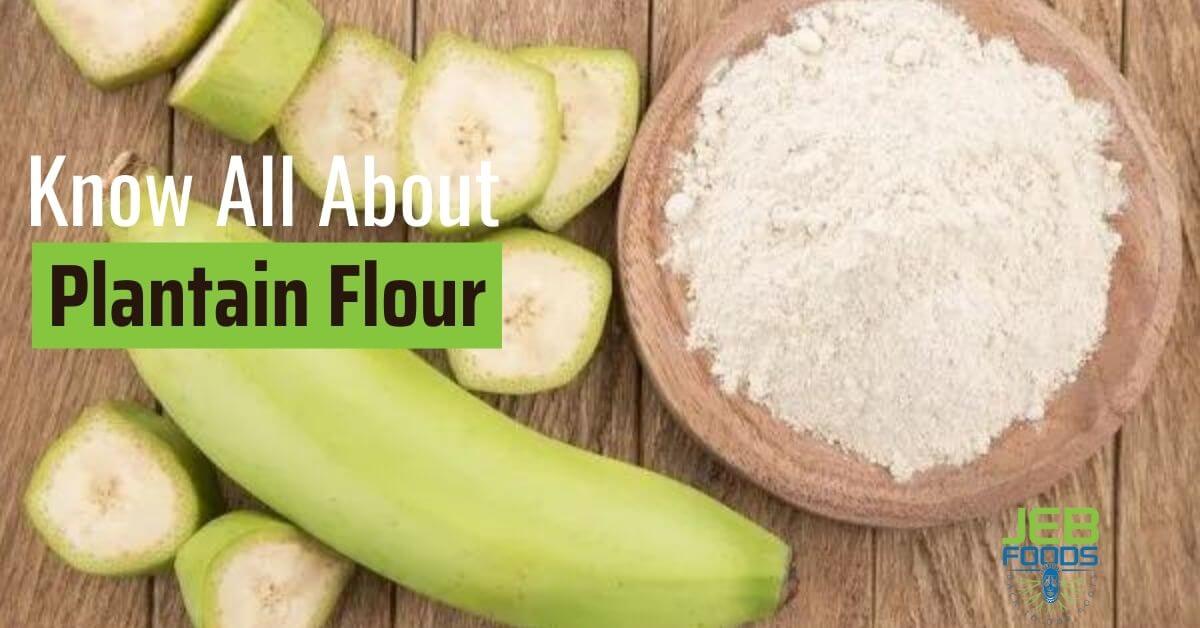I have read a lot about snail meat but, I imagined what makes snail meat unique.
After I tasted snail meat for the first time, I became convinced about all I had read, and I will be sharing that on here today.
In this article, you will find out what makes giant African snail’s meat unique from other land snails and water snails.
Let me answer the question if it is healthy to consume snails and what type of snail is edible, if truly African giant snails are poisonous as thought, and if their cholesterol levels are high as assumed.
Interesting Question: are snails are good or bad for consumption
The Beginning Of Snails To Human
Table of Contents
ToggleGiant African land Snail with the Scientific Name Achatina Fulica. Also known as escargot Geant, Achatine and Caramujo
Gastronomy rich in nutrients and low in fat makes African giant snails unique. Snail ancestors are among the world’s oldest known animal species.
Fossil evidence of primitive gastropods dated back to the late Cambrian era, when they lived nearly 500 million years ago, has been discovered.
Snails occur in a variety of forms and sizes, but whether they are aquatic or terrestrial determines their essential differences.
The former is adapted to dwell in the sea or freshwater bodies, whilst the latter is purely terrestrial, although under humid conditions.
Land snails are all gastropod mollusks, meaning they are related to octopuses and hence belong to the Mollusca phylum.
Snails and slugs belongs to the Gastropoda class and being a mollusk means lacking an internal skeleton and bones, but snails are not unprotected.
Can Edible snail cause illnesses? Find out all about snails and possible illnesses
Why Do People See African Giant Snails As Invasive
Instead of seeing snails meat as unique, many people see snails either as a pet or a pest; let’s be frank, a snail is more than these.
I would instead think of it as a bonus than a disadvantage because it shows that these animals feed on our kind of food and make a good protein source if bred.
Additionally, I think the US regulatory body should consider making a livelihood of these “pests,” reducing their population, encouraging heliculture another means of livelihood, and improving more nutrition sources.
We can also save our planet by reducing chemicals introduced into the environment via pesticides, a win-win situation.
Is African Giant Snail Seafood Or Meat
African giant snail is meat, though categorized as a member of the shellfish family. The giant African snail is a terrestrial species that can grow up to 12 inches!.
Their slime enables them to move and has numerous other health benefits and uses. Snails are either land or water and further dived into freshwater snails and seasnails. Any mass of food considered is considered meat.
Find out the nutritional benefits of snails in our diets

What Food Group Is A Snail Meat
African giant snail belongs to the class of proteins. They are a rich protein source with low-fat content, making them a significant source of protein, especially for people who need to streamline their fat and cholesterol intake.
African giant snail has nine different amino acids. It contains omega 3 fatty acids, vitamin E, and a host of vital vitamins and minerals necessary for blood building.
What Category Of Meat Is African Giant Snail
Snails are invertebrates belonging to the class Gastropods and the phylum Molluscs. There is currently a great deal of interest in producing and selling land snail meat.
A snail has a hard shell and a very soft body and it has a unique meat. The shell is a protective casing made of calcium carbonate, while the body is made up of protein (60–70% on a dry basis) and water (70 percent)
Snail meat is high in polyunsaturated fatty acids, which are important nutrients. Snails are mostly found in Africa. As a result, snail meat is an excellent source of high-protein, low-fat nutrition.
In Indonesia, snails are fried and served as a dish called sate-kakul. Snails are baked with rice or fried in vegetable oil with red paprika powder in a skillet.
What Does A Land Snail Eat
Farm-bred African giant snails feed on over 500 plant species, including peanuts, beans, peas, cucumbers, and watermelon; their diet is calcium.
Contrary to the notion that they are laden with heavy metals, these terrestrial snails are bred in a controlled environment and will not forage on contaminated food or chemical substances that may pose health challenges to man.
Here is an edible dried-freeze Giant African Land snail sold on Amazon
What Nutrients Will You Get From Eating Snail Meat
Like many other creepy crawlies, snails are high in protein and low in carbohydrates. Snail meat is unique and i often recommend ahead of other popular meats like beef and chicken.
A 100 g serving of snails contains an impressive 16.5 g of protein (about 9 less than chicken) and only 90 calories (less than half the amount of chicken).
A typical Snail is composed of
- 80% water,
- 15% protein,
- 2.4% fat, the majority of which is healthy fat.
- 2 grams of carbohydrates.
Snails are high in protein and a variety of vitamins and minerals. They are high in cholesterol, but consider that cholesterol isn’t necessarily bad for you if consumed in moderation.
Here is a detailed breakdown of the nutients in a snail.
Selenium
Selenium: Our bodies don’t require much selenium, but we require sufficient to maintain a healthy immune system, protect cells from damage and combat deadly heart diseases and cancer. It is a crucial mineral needed for the body, and snails contain high quantities of selenium.
Vitamins And Minerals
Out of the numerous benefits of eating snail meat, snail meat’s vitamin and mineral content picked my interest.
They are an excellent source of vitamins, including vitamins E, A, K, and B12. B12, popularly known as the ‘energy vitamin,’ which are important for the building of red blood cells, the maintenance of the nervous system, the release of energy from food, and the processing of folic acid.
Minerals
Snails contain more iron than beef, at 3.5 milligrams per 100g, and provide nearly half of your RDA. Snails, like beef, have high potassium (382 milligrams) and magnesium (250 milligrams) content compared to chicken, pork, beef, or fish.
They have essential fatty acids and calcium, iron, selenium, and magnesium. They are an excellent weight-loss food because they are high in protein and low in calories and fat. Consider that a 100-g serving of snail contains approximately 90 calories.
Contains a lot of phosphorus.
In the metabolism of fats and starches, phosphorus acts as an energy conduit.
It gives the teeth structure and strength, assisting in maintaining healthy teeth and gums.
Phosphorus is required for gene transcription and the maintenance of extracellular fluid pH balance.
It supports enzyme activation, DNA synthesis, and intracellular energy storage.
Extremely low in fat.
Are you looking for more options in your weight loss journey? You might have found the best meat to help achieve your goals.
Overweight or obesity has several concerning effects, one of which is an increased risk of diabetes;
This makes snail meat beneficial to those monitoring their weight.
Avoid fatty meat and eat more snails if you are the type who doesn’t want to get fat.
Snail meat has Iron
Snails are rich in iron, which is necessary for forming red blood cells and transporting energy throughout the body. Iron deficiency can cause extreme fatigue and anemia.
Contain High Magnesium Content
Magnesium is important and necessary for about 330 enzymatic activities in the human body to improve normal blood pressure and keep your heartbeat regular while strengthening the bones.
Snails Contain Omega 3
The present of Omega 3 in snail meat prevents cardiovascular disease and stroke. Omega 3 fatty acids are vital in treating lupus, eczema, and rheumatoid arthritis.
Snail consists of Tryptophan
Tryptophan (Trp) is an amino acid in the human diet that is essential.
Though many people are unfamiliar with Tryptophan, it plays a vital role in regulating the body, particularly appetite, sleep, and pulse rate.
It supports nitrogen balance in adults and infant growth. Tryptophan also helps produce niacin, which is required to synthesize the neurotransmitter serotonin.
Unfortunately, Tryptophan and Selenium are mostly received from our diet and are not present naturally in the body. As a result, we need to eat snail flesh to satisfy our body’s requirements.
Snail Meat Have A Lot Of Protein.
Snail has16.1 g of protein in 100 grams of its meat, or 32% DV; this is higher than other sources such as beef, which contains 14 grams, and 3 ounces of tuna fish, which contains 22 grams of protein.
Protein is essential for building the body and repairing dead cells.
Snail Meat Is Low In Calories.
Another advantage of eating snail meat is that it is low in calories.
Containing no carbohydrates, giant African snail is sugar and fat-free, low-calorie food that aids in weight maintenance for healthy living.
Snail diets, which are low in calories, help slow the aging process in humans. Low-calorie diets are linked to better blood sugar control and a lower risk of Type 2 diabetes.
Snails are delicious, juicy, nutritious, and less expensive than red meat, in addition to all of their health benefits.
This is what I will recommend dried-freeze Giant African Land snail for healthy snails.

Are Snails High In Cholesterol
Snail meat is low in cholesterol. Consider eating snail meat as an option to lose weight without deviating from a healthy diet.
Cooked snails have only 76 calories per 3-ounce serving. They replenish your muscles with 14 grams of protein per serving and contain no sugar, cholesterol, or fat.
Although snails are low in fat and calories, smothering them in a garlic butter sauce, as the French do, risks turning them into a fattening monstrosity.
A typical recipe for escargot bourguignon calls for 2/3 cup of butter for four servings, which equals 277 calories and 31 grams of fat per serving.
To keep your healthy snails from wreaking havoc on your heart and waistline, replace butter with less-fattening oils like olive oil.
Where Do Snails Live
Snails live in their shells, made of calcium carbonate. The shell keeps growing as long as the snail grows. They keep adding more calcium carbonate to the edge until the snail reaches adult size; this should explain the high content of calcium this unique meat possesses
Do Saltwater Snails And Land Snails Eat The Same Thing
Whether saltwater or freshwater snails, water snails eat decayed organisms, algae, and seabed plants while land snails under heliculture forage on vegetables and fruits and their counterparts in the wild on almost everything, both herbivorous and carnivorous diet.
For this reason, I prefer to shop for processed snails knowing they are bred in a controlled environment. I am sure they are not contaminated with heavy metals or dangerous parasites or bacteria that could be harmful for consumption.
Wild snails are still safe to eat as long as;
- You keep good hygiene by using gloves while hunting them in your garden or the forests.
- Feed them vegetables like cucumber and watermelon and clean water for a minimum of 4 days to flush out any heavy metal or toxins they may have eaten in the wild.
- And cook before eating; never eat raw snails!
Final Thought
Snail meat is a delicacy for gourmets, while it has many nutritional advantages over other meats. It is low in calories, fat and high in organic nutrients, essential amino acids, and beneficial fatty acids.
Are you checking your animal protein intake? Are you on a strict diet plan to control fat and high cholesterol? Then as discussed, you can see what makes snail meat unique, and I recommend this healthy protein.
Here is edible dried-freeze Giant African snail for you




